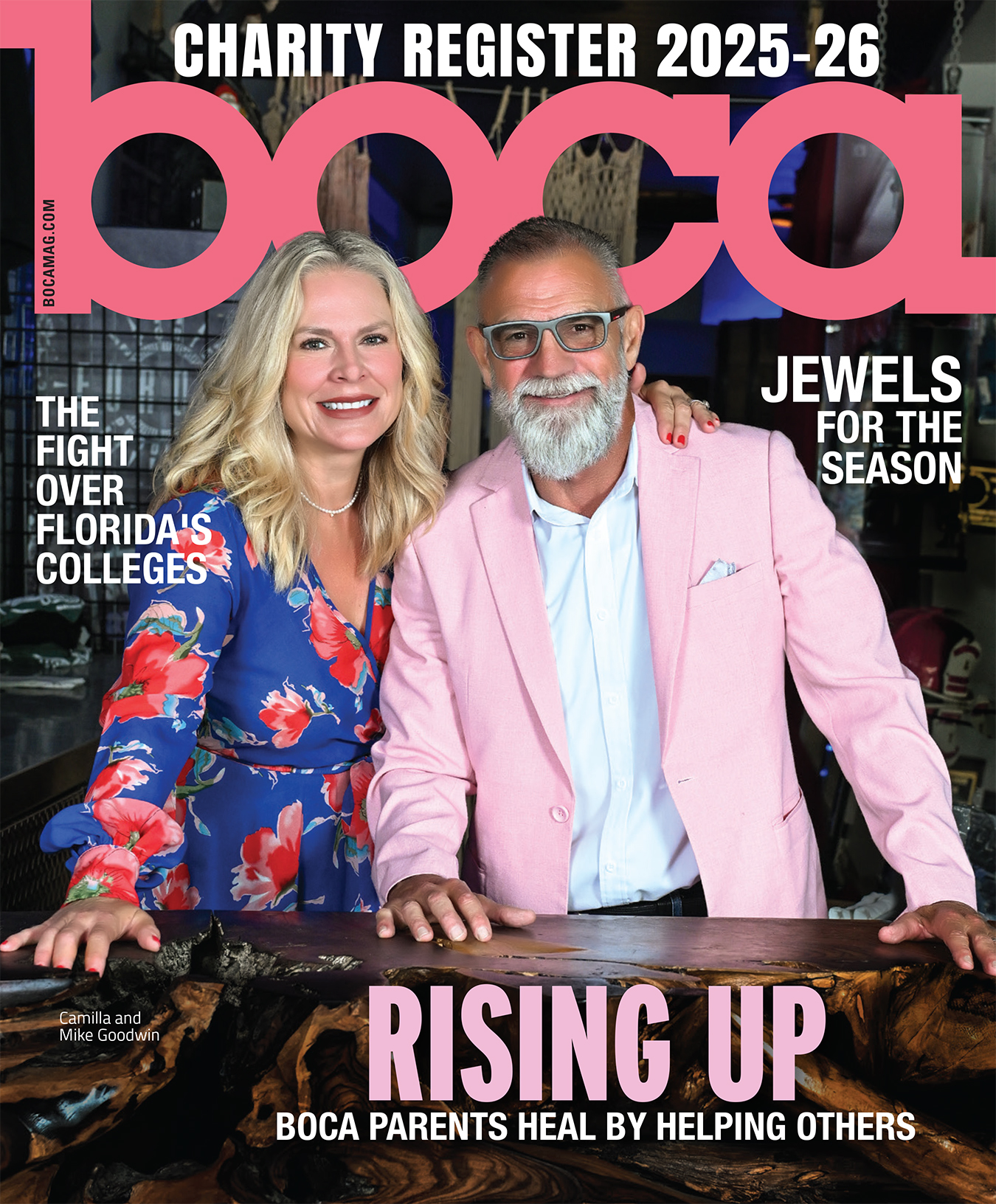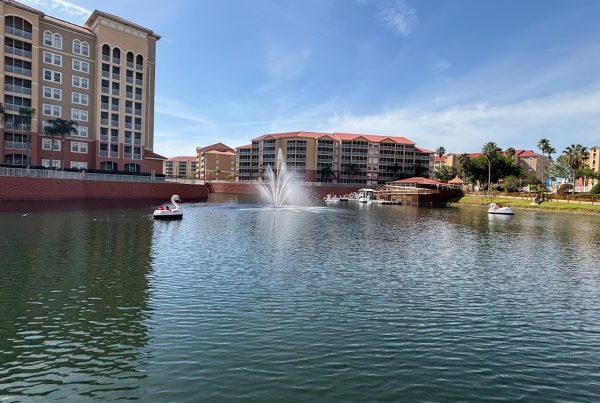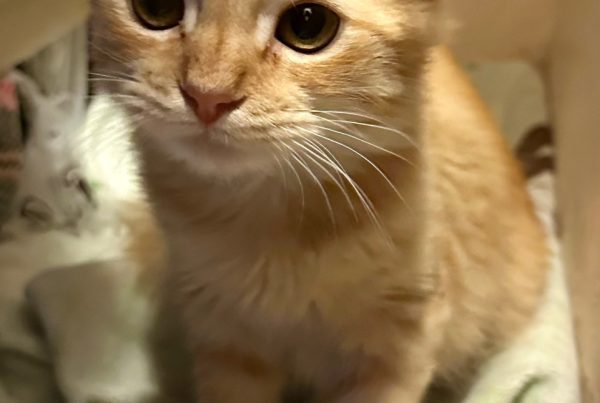As mediums go, glass might just be the fine-art equivalent of ice cream. Like the universally beloved dessert, glass tends to be easily appreciated, often demanding little of those who enjoy it. It is the medium of table centerpieces and much functional décor, from bowls to drinking vessels. It catches the light and tickles the eye. Glass sculptures are the literal bright, shiny objects of the art world.
But in the hands of master artists with access to the top glass studio in the world, the medium’s potential far exceeds that of the sleek bauble. That’s the concept behind “Glasstress,” a project based at Berengo Studio in Murano, Venice, the island chain whose globally admired techniques in glassmaking date to the 13th century. The Boca Raton Museum of Art recently opened “Glasstress Boca Raton 2025,” its third collaboration with Berengo Studio, which invited artists—many of whom had never worked in glass—to explore the untapped potential of the medium.

The resulting exhibition is enough to transform the glass-skeptical into full-blown appreciators of the medium’s possibilities. Its show-stopping pieces are plentiful and rich with layered meaning, including a giant-sized mobile of nebulous butterflies and symbols by María Magdalena Campos-Pons, and a multipart installation by Laure Prouvost of colorful but freakish-looking birds with long, mutated necks. The avian creatures are positioned on a sandy beachfront next to a pair of tree stumps and an oil spill, whose inky toxicity may well be the source of their deformities.

A similar collision of subversion and playfulness accompanies a series of works by the dissident Chinese artist Ai Weiwei. As if channeling Warhol, his five ceramic vases, in varying colors but identical in size, are branded with Coca-Cola’s iconic logo, marrying an ancient Chinese tradition with a comment on a commodified, globalized world in which everything is for sale. Weiwei’s “White Chandelier” is, as its title suggests, an enormous chandelier, a baroque hanging light suggestive of a readymade until you fixate on the Easter eggs buried within the light bulbs and frilly designs—a pair of handcuffs, a raised middle finger in frosted glass—that speak to the artist’s encounters with, and his defiance of, China’s totalitarian state.

International relations also play a nuanced role in Sabrine Wiedenhofer’s “ALEA IACTA EST,” named after the Latin translation for “the die is cast.” The work is presented as a tabletop game, inspired by Parcheesi, in which pawns in four colors essentially carve up the world based on a proverbial roll of the dice. Such double meanings—in this case, gaming and geopolitics—are rife throughout “Glasstress,” in which few objects are indeed what they appear to be. Fariba Ferdost’s “Nido/Corona,” named for the Italian words for “nest” and “crown,” could be one or both of these things. A floor-based crown of thorns that could also house one’s chicks, it is simultaneously welcoming and dangerous.
Elsewhere, Monica Bonvicini’s “To Hold You Falling,” which dangles from the gallery walls, presents as a series of leather straps like those found in an S&M playroom, but whose delicate glass construction could scarcely function as such. Similarly, Fiona Banner’s “Work 2” appears to be a properly sized scaffold, like those found on construction sites, until you realize how hollow and useless it is. With nothing to hold onto, the piece is a monument to sheer aesthetics and a reflection of the medium’s fragility. Erwin Wurm’s “Surrogate” is haunted by absence as much as presence: It’s a sculpture of a blue shirt and pants held aloft, as if worn by an invisible suitor. Wurm’s attention to detail is marvelous, capturing the folds, wrinkles and human-made impressions in the glass ensemble; you feel the wear but not the wearer.

Other mediums surface throughout “Glasstress”: stop-motion animation, in a multimedia work by Nathalie Djurberg and Hans Berg; video, in a techno-dystopic piece by Tony Oursler; and painting, as in Laurent Reypen’s amusing “Dancing With the Light,” in which repurposed upside-down bowls on spindly metal legs appear to have scampered off of the artist’s cluttered still-lifes and onto the museum floor.
In no such cases do the artists lean on the other mediums as crutches. All complement the primary art form of “Glasstress,” another imaginative and multifaceted testament to the boundless utility of our prettiest medium.
“Glasstress 2025” runs through Oct. 12 at Boca Raton Museum of Art, 501 Plaza Real, Boca Raton; admission costs $16 for adults and $12 for seniors. Call 561/392-2500 or visit bocamuseum.org.
For more of Boca magazine’s arts and entertainment coverage, click here.







